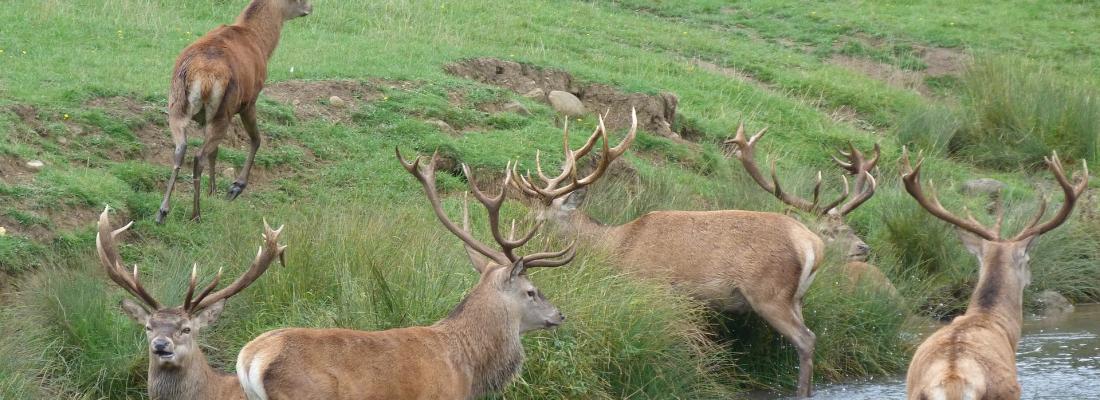Biodiversity Reading time 3 min
Mapping ungulate migrations to improve their protection: towards the first global atlas
Published on 07 May 2021 (date.last_update 07 May 2021)

The Global Initiative on Ungulate Migration (GIUM) has been made possible thanks to the development of GPS tracking technologies, mapping software and data sharing platforms. These tools, combined with local and indigenous knowledge, will now enable a description and mapping of current and future ungulate migrations. The project also involves efforts to document local and historical knowledge in order to map lost migrations. The data obtained will be updated regularly on the GIUM website hosted by the CMS.
Dynamics disturbed by humans and climate change
Migratory ungulates are an essential element in natural ecosystems: they provide much of the prey for carnivores, contribute to local and regional economies through exploitation of their populations and tourism, and are woven into the culture of numerous communities. Ungulates depend on their migration to escape harsh conditions, find food, breed and rest. Today, many of these migrations are in steep decline because of the development of human infrastructures such as roads, fences and railroads.
In some cases, migrations have been lost before they could be documented, thus highlighting the magnitude of the conservation challenge. In addition, changes to the distribution of water, snow, ice and the phenology of vegetation, driven by climate change, are further complicating how the herds plan and navigate their seasonal movements.
Mapping to support conservation policies
These detailed maps of migration corridors will help to identify the threats weighing on these animal species, and to propose appropriate preservation or conservation measures. The atlas will therefore be intended for use by governments, peoples and local communities, as well as wildlife managers. Based on these data, decision-makers will be able to determine priorities for conservation zones along migratory routes, and the related actions that need to be implemented. To attenuate or eliminate the barrier effects of existing infrastructures and render them more wildlife-friendly, these actions may result in an expansion of protected areas or the installation of road-crossing structures.
The CMS is highlighting the importance to be given to ecological connectivity, including animal migration. French scientists from INRAE, CNRS and the OFB are contributing to this initiative by studying the spatial behaviour of ungulates in heterogeneous landscapes subject to anthropogenic pressures. This work is essential to the development of management or conservation programmes for wild herbivores. It will contribute to the implementation of a new United Nations global strategy on biodiversity, which is expected to be adopted this year.
Wild ungulates are hoofed mammals that are found throughout the world. The movements of ungulates are as diverse as the species themselves, which include European roe deer and red deer, Saiga in Asia, Arctic Caribou, Mule Deer and Elk in North America, Guanacos in South America and elephants, zebra and gnu in Africa.
In mainland France, species such as ibex, chamois, mouflon, roe deer and red deer all travel along migratory corridors. It remains necessary to improve documentation of these movements so that better account can be taken of them in regional development plans.
Reference Matthew J. Kauffman et al. Mapping out a future for ungulate migrations. Science 07 May 2021: Vol. 372, Issue 6542, pp. 566-569 DOI: 10.1126/science.abf0998 |
